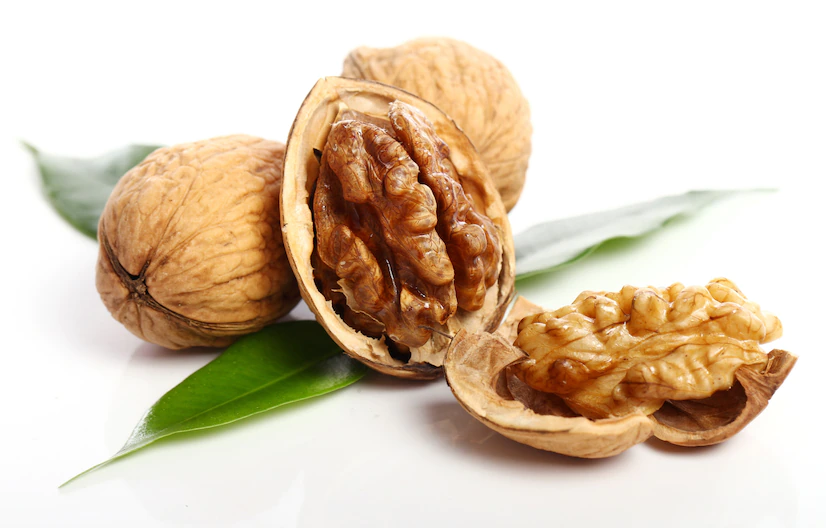Walnuts are nutritious and delicious nuts that can be successfully grown in certain regions of South Africa. Whether you’re a seasoned grower or a beginner, understanding the specific requirements of walnut cultivation is essential for a successful harvest. Here are ten important things you should know before growing walnuts:
- Climate and Region: Walnuts thrive in temperate regions with a cool winter and warm summer. In South Africa, the Western Cape, Eastern Cape, and KwaZulu-Natal have suitable climates for walnut cultivation. Ensure your region provides the necessary chilling hours and heat units for optimal tree growth and nut development.
- Soil Requirements: Walnuts prefer deep, well-drained soil with good fertility. The soil should have a pH between 6.0 and 7.5. Conduct a soil test to determine its nutrient content and amend it with organic matter, such as compost or well-rotted manure, to improve soil structure and fertility.
- Variety Selection: Choose walnut varieties that are well-adapted to your specific region and climate. Popular varieties in South Africa include Chandler, Howard, and Hartley. Consider factors such as nut quality, disease resistance, and tree size when selecting the right variety for your orchard.
- Pollination: Most walnut varieties are not self-fertile, meaning they require cross-pollination between different varieties for successful nut production. Plant at least two compatible varieties in close proximity to ensure proper pollination. Bees are important pollinators for walnuts, so maintaining beehives nearby can enhance pollination.
- Planting Time: Plant walnut trees during the dormant season, preferably in late winter or early spring. This allows the trees to establish their root systems before the onset of warmer weather. Avoid planting during periods of extreme heat or frost, as it can stress the young trees.
- Spacing: Provide adequate spacing between walnut trees to allow for their mature size and canopy development. Depending on the variety and growth habit, space the trees between 8 to 12 meters apart in rows. This ensures proper air circulation and sunlight penetration, reducing the risk of disease development.
- Watering: Walnuts require regular watering, especially during dry spells or drought conditions. Provide deep and infrequent irrigation to promote deep root growth. Water the trees thoroughly and allow the soil to dry slightly before watering again. Avoid overwatering, as it can lead to root rot and other diseases.
- Pruning: Regular pruning is essential for walnut trees to maintain their shape, control size, and promote better fruit production. Prune during the dormant season to remove dead, damaged, or crossing branches. Open up the canopy to improve air circulation and sunlight exposure to the inner branches.
- Pest and Disease Management: Walnuts can be susceptible to pests such as aphids, mites, and walnut husk fly. They may also be prone to diseases like walnut blight and crown gall. Implement integrated pest management practices, such as regular monitoring, cultural practices, and appropriate use of organic or chemical controls, to manage these issues effectively.
- Harvesting: Walnuts are typically ready for harvest in late summer or early autumn, depending on the variety and growing conditions. Harvest the nuts when the outer husk has split open and the inner shell has hardened. Allow the nuts to dry further in a cool, well-ventilated area before storing or consuming.
By considering these ten important factors before growing walnuts in South Africa, you’ll increase your chances of a successful and bountiful harvest. Enjoy the rich flavor and nutritional benefits of homegrown walnuts straight from your own orchard.
Join 'Farmers Mag' WhatsApp Channel
Get the latest Farming news and tips delivered straight to your WhatsApp
CLICK HERE TO JOIN






